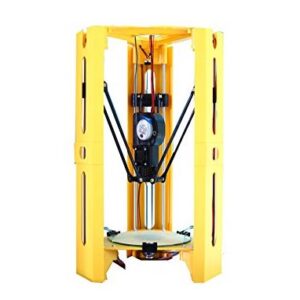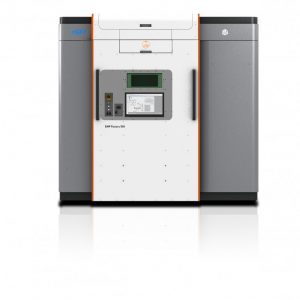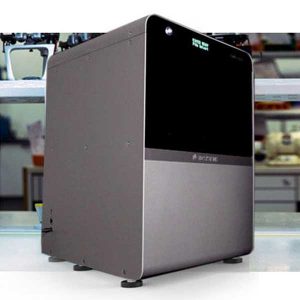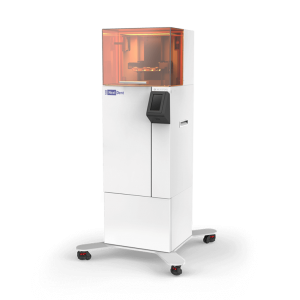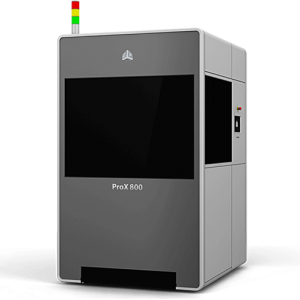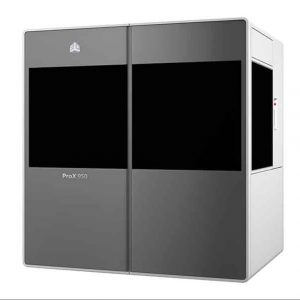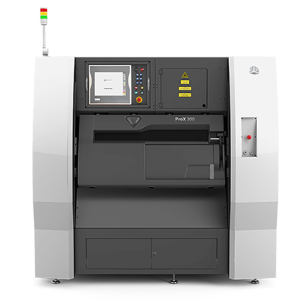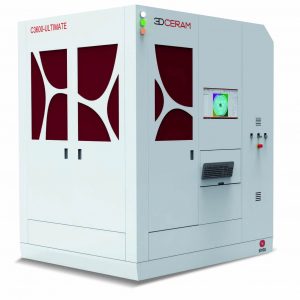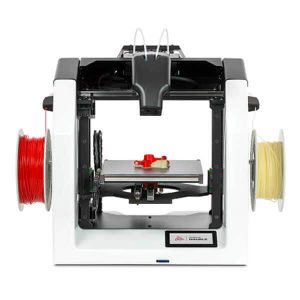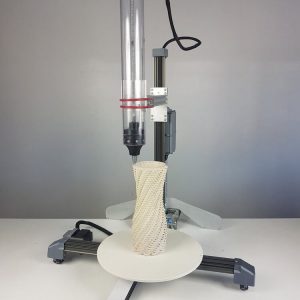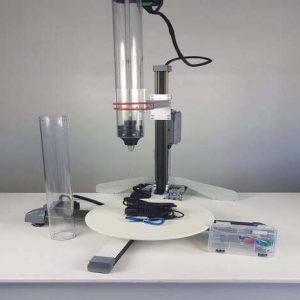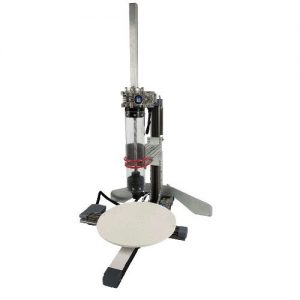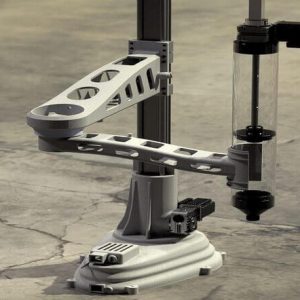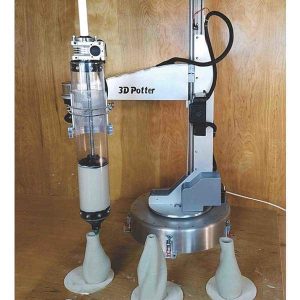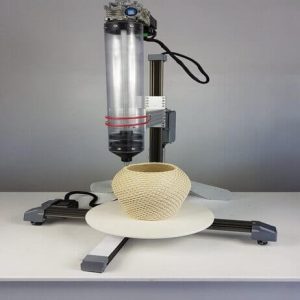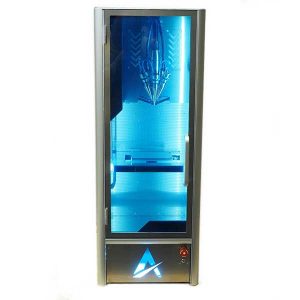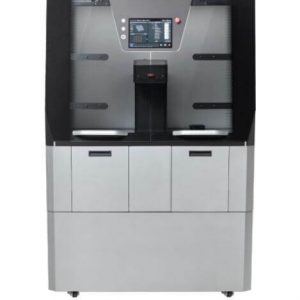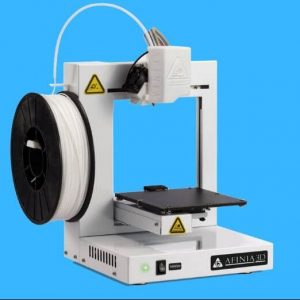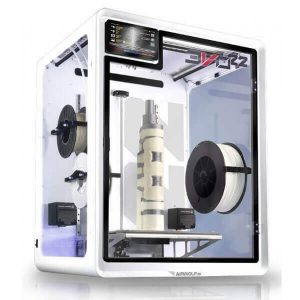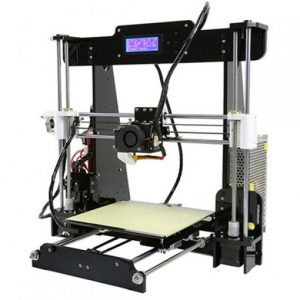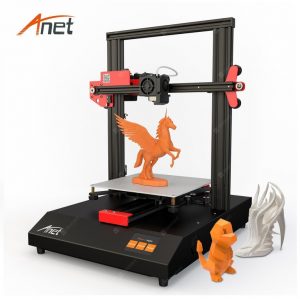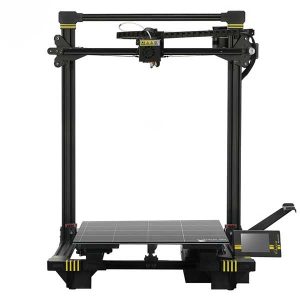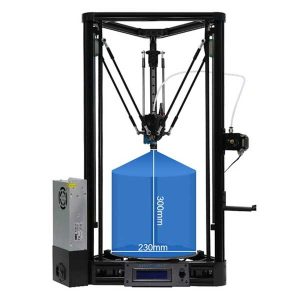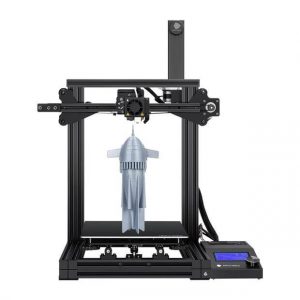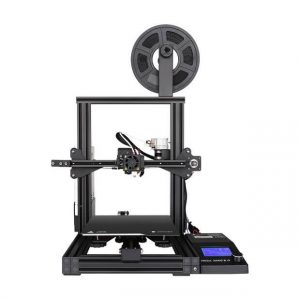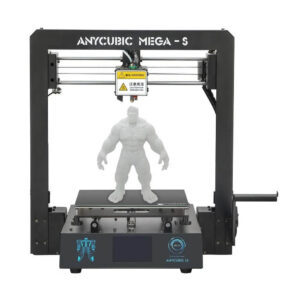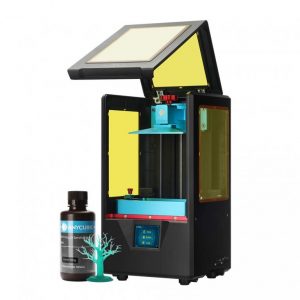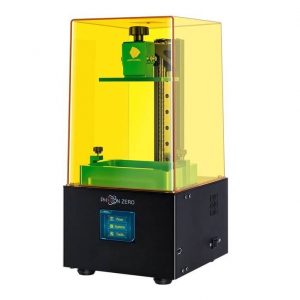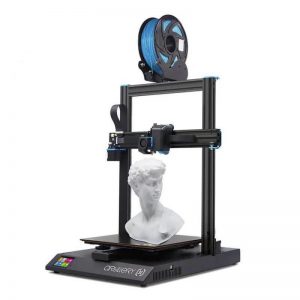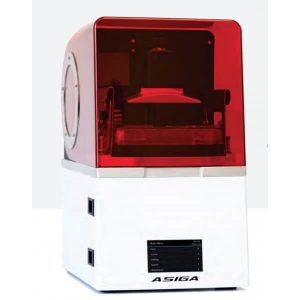3D Printers
Filter
Showing 1–30 of 285 results
PROS:
- Affordable;Assembled
- A great choice for those wanting to try 3D printing for fun
- Supports multiple materials
- Allows the use of open source slicing apps
CONS:
- Not very accurate and precise
- Non-heated bed
- Open frame design
- Weak motors
PROS:
- Modularity for a Scalable Factory Solution.
- Uniform, Repeatable Quality
- Metal 3D Printing with Lower Part Costs
- High Productivity
- Seamless Large Parts
CONS:
- Cost may be an issue for most of the people willing to buy this 3D printer.
PROS:
- Fab Pro 1000 can produce parts in hours, which other printers take days to produce.
- The materials that you can print using Fab Pro 1000 are a very wide range.
- From start to finish the print process is very simple.;3D Sprint, the slicing software of this printer is very helpful and user-friendly when in use.
- According to the claims made by its company, Fab Pro 1000 produces parts at a 22% lower cost.
- The post-processing of this printer is very easy.
CONS:
- Overall operating the printer could be a little bit difficult if the setup hasn’t been done properly.
- There are reviews available online in which users complain about how complex is Fab Pro 1000 until the first successful printing.
PROS:
- Easy to operate
- Highly accurate and precise parts
- Affordable
- Compatible with almost 30 different resins
- 4 times faster than its competitors
CONS:
- Small build space
- Closed material system
PROS:
- Easy changing of materials.
- Single source solution.
- Ease of use because of integration.
- Good quality parts and functional prototypes
- Integrated management system.
- Large-scale application of parts and functional prototypes.
CONS:
- The cost of this printer is something not everyone can afford. So, one needs to see a long-term future in the 3D printing industry before buying this printer.
PROS:
- Huge build volume.
- High-quality parts and functional prototypes.
- Great print speed.
CONS:
- The cost of printing per part is greater.
- Resins are expensive.
PROS:
- Big build volume
- High accuracy of parts and functional prototypes
- Cleaner and safer printing environments
- Integrated solution for manufacturing parts and functional prototypes
- Builds objects that can be used in various industries
- Conformal Cooling
- Large tool inserts
CONS:
- By mentioning the features of this printer in a little more detail would have done tons of good in explaining the printer, rather than just plainly stating the claims
- The printer is very expensive and is hardly affordable for someone who runs a small business
- The overall printing cost per part on this printer, when compared with other printers in the same price range but built on a different technology is higher
3DCeram C3600 Ultimate
C3600 Ultimate is an industrial-grade 3D printer based on the Stereolithography technique of 3D printing which comes with a free link support technology at a reduced price per part is available on there. PROS:
- Bigger build volume.
- Reduced cleaning time.
- Good speed.
CONS:
- Expensive in cost.
PROS:
- Enclosed print chamber.
- Material flow control system.
- Enclosure.
- Open material base.
- Dual swappable hotends.
- Autocalibration.
- Water-soluble support.
CONS:
- Clogging and oozing are the two main problems reported with the printer.
PROS:
- Real clay in use.
- Direct extrusion of raw material.
CONS:
- The cost of the printer might be an issue for some people.
PROS:
- The printer has an open design, so there is a lesser issue while post-processing.
- The company uses real clay in making and also offers factory-made clay for you to use.
CONS:
- The printer is a little on the expensive side.
PROS:
- Cooling a part or prototype that is printed using this printer won't be much of a problem because of its open design.
- Post-processing of parts and functional prototypes will be easier.
CONS:
- Because of open design, temperature generation is a big issue. And it may lead to higher print times.
PROS:
- Open design.
- Post-processing is easy.
CONS:
- Temperature generation is an issue.
PROS:
- Scara V4 has an open design, so there is a lesser issue while post-processing.
- The company uses real clay in making and also offers it to its customers. This is a factory-made clay for you to use so that increases the overall quality of parts and prototypes manufactured by it.
CONS:
- The printer is a little on the expensive side. So, if you are a small business owner you may not find it as affordable as you may other printers.
PROS:
- The cooling of the printer won't be much of a problem.
- Post-processing of parts and functional prototypes will be easier.
CONS:
- Because of open design, temperature generation is a big issue.
- Print time is more than that taken by a printer with an enclosed design.
PROS:
- By displaying complete information about the technology, the company has given the complete idea to its users to compare with other technologies out in the market.
- You can print with powder as well as with wire using Additec uPrinter.
- The company gives you an option to customize your printer to your needs, in terms of an upgrade.
CONS:
- There are not many pictures of parts or functional prototypes that are manufactured using this printer.
PROS:
- You can produce large components.
- Quickly switch materials.
- You can custom your needs.
- The machine has increased efficiency.
CONS:
- For those who haven’t used DLP printing technology, the cost of this printer may seem very high.
PROS:
- The printer has an open platform.
- Its price is affordable.
- Afinia H480 is a good entry-level DIY printer.
- This printer is portable and relatively lightweight.
CONS:
- Printing with this printer requires patience.
- IT has a smaller build area compared to the price at which it comes.
PROS:
- Matrix touchscreen.
- Air cleaning system.
- Thermal management.
- Build size.
- Multi-material printing.
- Water solubility support compatible.
- Auto-leveling.
CONS:
- Weight of the printer.
- The exclusivity of the software.
PROS:
- Anet A8 makes up for a very affordable 3D printer kit.
- It is a capable 3D printer if compared with other 3D printers in the same price range.
- You can modify Anet A8 in the future.
- There are many enhancements available with Anet A8 in the future.
- The printer can provide you a great learning experience about FDM 3D printing.
CONS:
- The assembly instructions of this printer lack luster.
- The user interface of this printer is not as smooth as others.
- Manual calibration is something that can be a pain.
- The printer is not aesthetically pleasing.
PROS:
- Automatic bed leveling frees you from time-consuming and labor-intensive leveling tasks.
- Power outage recovery lets you resume printing and recover from exactly where it left off. No worries about unexpected power outages.
- Automatic filament assignment permits you to automatically load and unload the filament with just a click.
- An all-metal frame is built to last with high strength aluminum frame. Enclosed metal unibody design enables a more stable and rigid structure with compact size.
CONS:
- The print quality of Anet ET4 is not reported up to the mark and can be a lot better considering the price range at which it is offered in the market.
- The printer’s open body is a little bit of an issue when it comes to 3D printing with filaments that require it to withstand higher temperatures.
PROS:
- Overall, the cabling and general appearance of this printer are neat and tidy. There is a drag chain housing that consists of a thermistor, temperature probe, both fans and leveling probe cables, all these things are organized and the only projection from the hot end being the PTFE filament guide tube
- The Anycubic Chiron brings particular delight with its large build area of 400 x 400 x 450mm
CONS:
- Notable is the fact that while unwinding this printer there are reports of screw falling out will the tapes that you try to remove to unwrap the printer
- This printer does not give you the best start, considering the included quality control card has a huge “Pass” stamp
PROS:
- The print quality is amazing
- Works great with PLA
- Affordable
- Great customer support
- Various upgrades available
CONS:
- It's difficult to level the bed
- No automatic leveling
- No wifi support
PROS:
- Highly affordable
- Easy to work with and setup
- The reliable 3D printer at a cheaper cost
- High-quality prints
- Easy to level the 3D printer
- Compatible with third-party filament
CONS:
- The firmware is a little confusing
- Non-heated bed
PROS:
- Fast heating bed speeds up the entire printing process.
- Large leveling knobs for a better user experience.
- Large build volume.
- Metal frame for stability.
- Resume from the power outage.
- Double Gear Extrusion.
- Quick Assembly.
- Magnetic printing bed.
CONS:
- Open body meaning temperature maintenance would be a problem.
- Safety issues while printing from home.
PROS:
- Delivers good print results.
- Quick to assemble, no previous experience needed.
- Continued 3D printing even after power interruption.
- The print bed heats up quickly.
- Low error rate.
- Relatively fast print speeds.
CONS:
- The filament holder’s position is unfavorable.
- The printer is relatively loud during printing.
- Printing with metal PLA is not possible with Mega S.
- High power consumption.
PROS:
- Has amazing print quality for the price
- It is easy to use and set up
CONS:
- Manual bed leveling can be a hassle
- The printer has flimsy housing
- You cannot connect with this printer using any kind of network/internet connectivity
PROS:
- Available at a very affordable cost.
- Comes with a single screw leveling that decreases human effort like no other.
- Low resolution of the printer is covered to a considerable extent with the printer’s Anti-aliasing technology.
- Low power consumption.
- Quick FEP replacement.
- Equipped with important tools that are highly useful in the due course of 3D printing.
- New slicing software makes possible quick slicing of parts and functional prototypes.
CONS:
- Despite the anti-aliasing technology, the printer is only able to provide a resolution of 480 pixels.
- Lesser printing materials.
- Works only with Windows and mac operating systems.
- Leveling of bed becomes a headache as you need to do it every time.
- The Z axis lead screw and linear rail setup doesn’t give the printer same level of stability as the former versions.
PROS:
- Has a neat design.
- Is capable of heating extremely fast.
- When in operation it does not make much noise.
CONS:
- The filament holder of this printer is very frustrating to deal with.
- You will have to take care of the delicacy of this printer’s wiring.
- Sometimes there is even uneven heat dissipation which leads to print failure.

